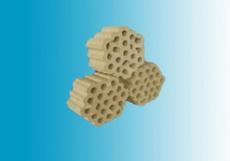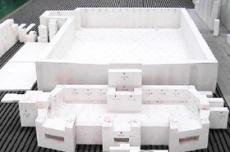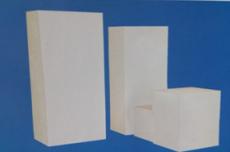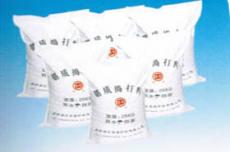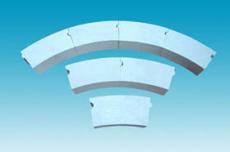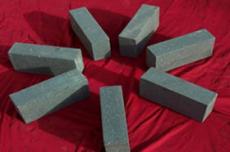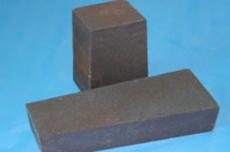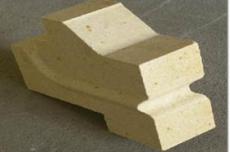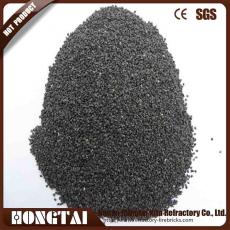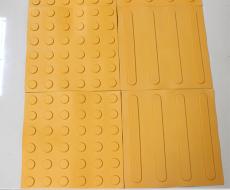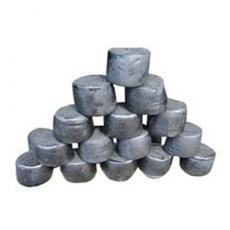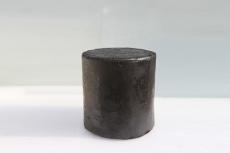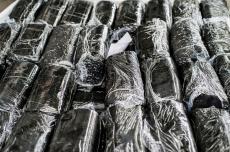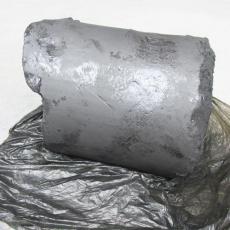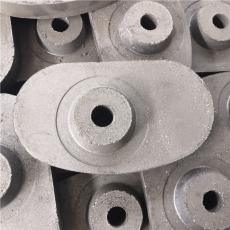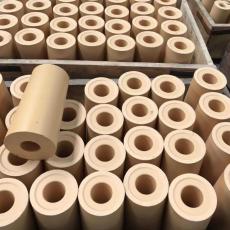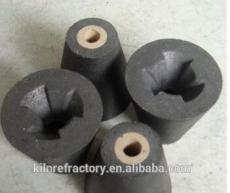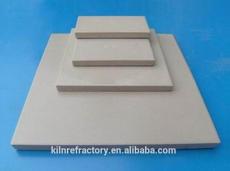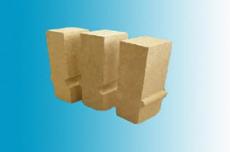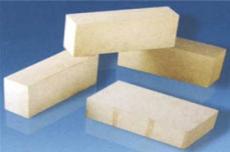
The application of clay refractory materials in rotary kilns is mainly reflected in its key role as the inner lining of the kiln. The following is a detailed explanation:
1. Overview of clay refractory materials
Clay refractory materials mainly refer to clay bricks, which are made of refractory clay and fired clinker through crushing, mixing, molding and firing. Its alumina content is generally between 30% and 45%, with good thermal stability and a refractoriness of up to 1580-1750℃. Clay bricks are widely used in various thermal equipment, including rotary kilns, because of their simple production and low price.
2. Specific application in rotary kilns
High temperature resistance:
The temperature inside the rotary kiln is extremely high, and clay refractory materials can withstand such a high temperature environment, prevent heat from directly damaging the kiln structure, and protect the kiln from high temperature deformation or destruction.
Chemical stability:
During the calcination process of the rotary kiln, various chemical substances such as acidic gases and alkaline substances are produced. Clay refractory materials need to resist the erosion of these chemicals to ensure the integrity and stability of the kiln structure.
Heat insulation:
Clay refractory materials have good thermal insulation properties, which can reduce heat loss, improve energy efficiency, and reduce production costs.
Protect the kiln body:
As the lining of the kiln body, clay refractory materials can prevent direct damage to the kiln body by high-temperature materials, flames and airflow, thereby extending the service life of the kiln body
III. Precautions in application
Masonry requirements:
When laying clay bricks, it is necessary to strictly control their external dimensions, the gap between bricks, and the materials for preparing refractory mud. If these conditions are not up to standard, it may cause poor bonding between bricks, reduce the strength of masonry, and even cause brick extraction.
Construction environment:
During the construction process, it is necessary to ensure that the construction environment temperature is suitable and avoid construction in a low temperature environment to avoid affecting the performance of the refractory materials.
Baking and maintenance:
The baking quality of the rotary kiln lining directly affects its service life. During the baking process, the temperature needs to be strictly controlled to avoid excessively high or low temperatures that cause the lining to burst or performance degradation. At the same time, during use, the lining needs to be regularly inspected and maintained to promptly detect and deal with possible problems.
Clay refractory materials play a vital role in rotary kilns. Their high temperature resistance, chemical stability, thermal insulation and kiln protection functions ensure the stable operation of rotary kilns and extend their service life. However, during the application process, attention should also be paid to masonry requirements, construction environment, baking and maintenance, etc., to ensure that the refractory materials can fully exert their performance.
